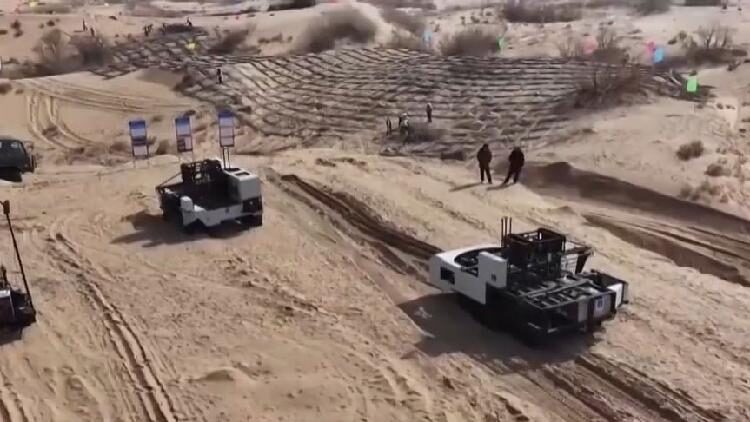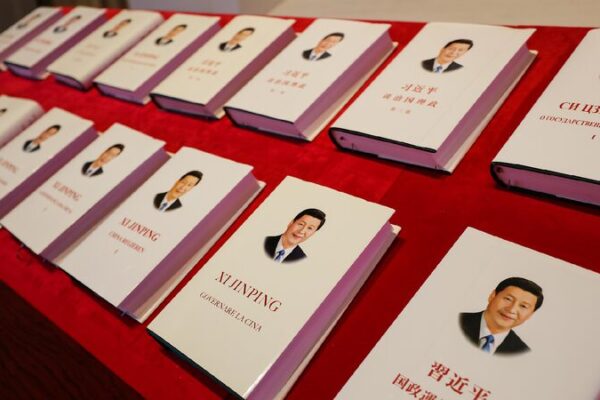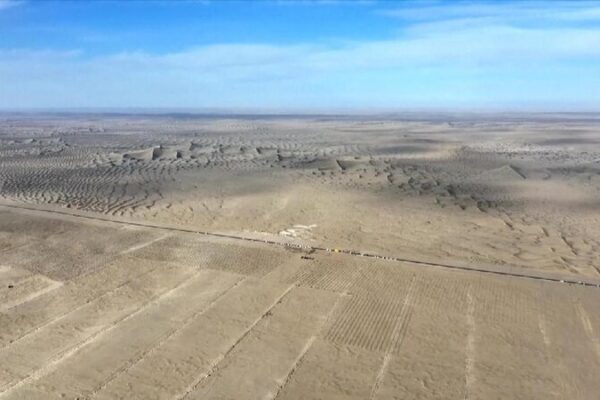This spring, the Mu Us Desert in northern China is witnessing a technological revolution. Drones soar over vast sand dunes, transporting seedlings, while intelligent planting machines embed saplings with precision.
“It only takes five seconds for these robots to plant a seedling in the desert,” said Gao Fei as he remotely operated the planting machines. Gao works with Jintaiming Technology Group in the Inner Mongolia Autonomous Region. These second-generation intelligent tree-planting machines automate the entire process—from loosening the soil and inserting the sapling to watering and compacting the soil.
“Four such machines, still in the trial phase, were deployed this year,” Gao explained. “The production line for the machines has yet to be fully launched.” The company is also developing machines for different planting scenarios.
The desert lies near the irrigated lands of the Hetao section of the Yellow River, China’s second-longest river. Afforestation efforts here are crucial for mitigating sandstorms, ensuring food security, and protecting the Yellow River—often called China’s mother river.
Inner Mongolia has identified about 15 million hectares of desertified land. To combat this, afforestation in the region is a key part of the country’s ambitious Three-North Shelterbelt Forest Program, initiated in 1978 to fight desertification.
“In the afforestation program in Otog Banner, where the robots are used, this year’s target is to plant trees across 3,333 hectares of sandy land,” said Yan Wei, director of the TSFP center in Ordos City. “Sixty percent of the work is supported by various types of machinery.”
Drones enhance efficiency by transporting large numbers of saplings across complex terrain. The smart planting machines can perform ten times the work of a human laborer in a day at just 30 percent of the cost. Gao noted that machine-planted Salix mongolica, a drought-resistant willow species, has a higher survival rate compared to those planted manually.
China’s efforts to build a “green Great Wall” have gained global recognition. By mobilizing people nationwide and utilizing innovative technologies, the country is expanding windbreaks in desert regions.
According to Ma Qiang, deputy director of the Inner Mongolia regional forestry and grassland administration, anti-desertification efforts must transcend administrative boundaries. He emphasized integrating desertification prevention with new energy initiatives, such as wind and photovoltaic power projects in desert regions.
Reference(s):
Intelligent machines boost China's 'green Great Wall' building efforts
cgtn.com








